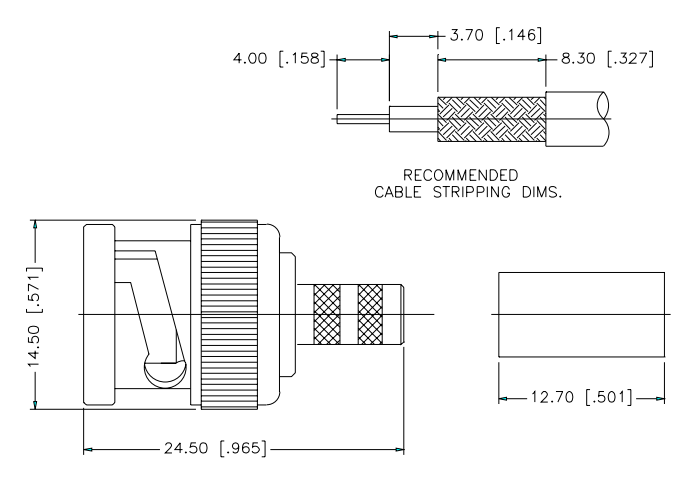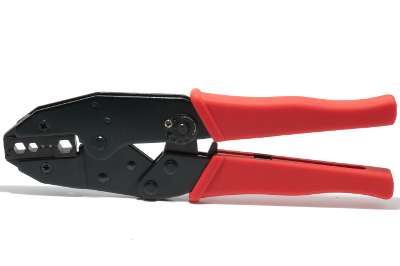
There are always lots of coax cables on boats. Used to efficiently transfer high frequency signals such as VHF, GPS, 3G, SSB, etc. they have a big impact on how well your equipment works and poor connections, physical damage and corrosion are common problems.
This week we helped a customer diagnose a high VSWR reading on one of our AIT3000 Class B AIS transponders. VSWR stands for Voltage Standing Wave Ratio and is a ratio of how much power is sent to an antenna versus how much power is reflected back. In an ideal world all of the power would go to the antenna and be transmitted in to the air, but in reality there is always a percentage of the power that is reflected back due to load matching, poor connections, degradation in the cabling/antenna, etc.
Having purchased and installed a new Shakespeare VHF antenna, our customer was seeing a 3.5:1 VSWR reading on our proAIS2 diagnostics software. This is higher than we would like, as the typical VSWR values for a Class B transponder are between 1:1 and 2:1 and the unit will trigger a VSWR alarms if the value goes above 5:1.
Having proven that the AIT3000 was OK, by jury rigging another VHF antenna (VSWR reading dropped to 1.3:1), we started looking at the PL259 connector and cable joiner which were from the Shakespeare accessories range and which feature a simple; no stripping, no crimping and no soldering assembly method. The decision was taken to remove the joiner and hook the antenna in to one of our new portable Nomad transponders to see if the high reading was due to the antenna or cabling.
It seemed like a simple plan, but unfortunately the Shakespeare antenna used the thicker “low loss” RG-8X cabling, which is great for reducing signal attenuation in long cable runs, BUT requires different connectors than the thinner RG58 cables, most commonly found on pleasure boats. All of the connectors we had with us, were for RG58 cable and so this simple task turned in to a bit of a saga. As darkness fell, we finally managed to cobble together a temporary connection to an RG-58 BNC connector and saw a slightly better, but not perfect, 2.3:1 VSWR which the customer intends to further investigate later this week.
With the right connectors, the job would have been easy, but there is no BNC connector (most common AIS connector) in the Shakespeare accessories list and looking around online, it is not that easy to find a BNC connector for RG-8X cables (outside of the US), hence the reason for this post.
The good news is that RS have recently introduced a new range of Amphenol BNC connectors for RG-8X (LMR240) cables and they should be perfect for anyone looking to join a larger 6.1mm diameter coax cable to an AIS unit that has a BNC connector. The RS part number is 144-0892 and below is a drawing of the connector and the all important stripping measurements…
This type of connector requires a ratchet crimp tool but these are fairly inexpensive (£10-£15), work on most common RF connectors and are well worth investing in.









